Monaco GP
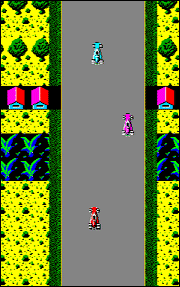 The Game: Players get behind the wheel of a roaring race car, viewed from overhead, as it navigates a series of roads and occasional tunnels whose width varies dramatically. Tunnels are illuminated only by headlights, which means that collisions with other cars are, if not certain, then at least much more likely. Any collision results in the player’s car having to get into traffic again from a dead standstill at the side of the road. (Sega, 1979)
The Game: Players get behind the wheel of a roaring race car, viewed from overhead, as it navigates a series of roads and occasional tunnels whose width varies dramatically. Tunnels are illuminated only by headlights, which means that collisions with other cars are, if not certain, then at least much more likely. Any collision results in the player’s car having to get into traffic again from a dead standstill at the side of the road. (Sega, 1979)
Memories: Monaco GP looks like just about any other overhead racing game, though it certainly upped the ante in terms of color. Its interesting take on the concept of “road widening” also made it uniquely frustrating and amusing at the same time. But as similar as it may seem to rest of the overhead-view racing games of its day, Monaco GP does hold one distinction in video game history. [read more]

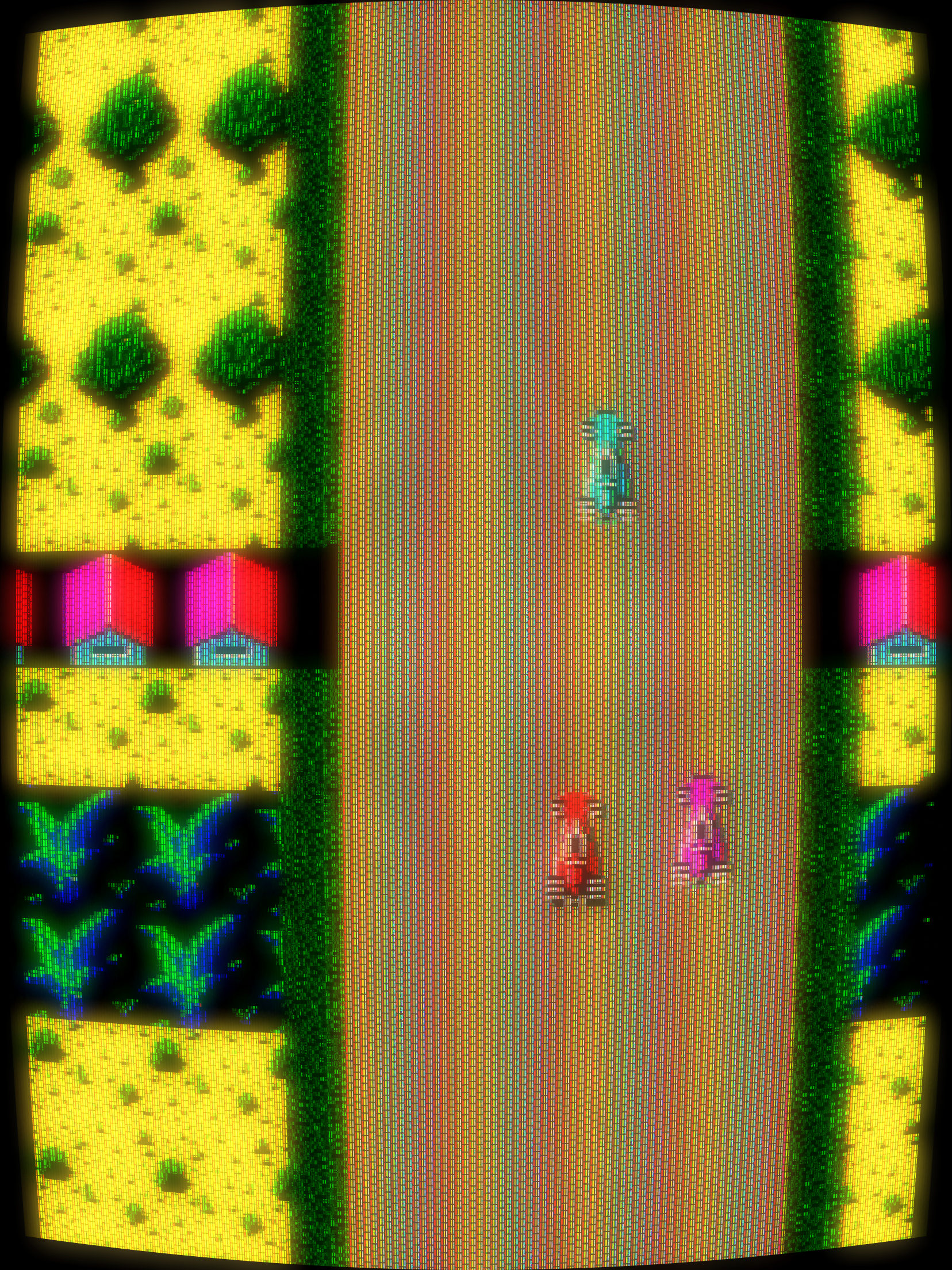
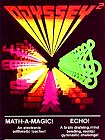 The Game: Wow! We must be in the future, for we now have electronic flash cards! This is more or less the function fulfilled by Math-A-Magic, while Echo is a slightly watered down version of the classic electronic game Simon. (Magnavox, 1979)
The Game: Wow! We must be in the future, for we now have electronic flash cards! This is more or less the function fulfilled by Math-A-Magic, while Echo is a slightly watered down version of the classic electronic game Simon. (Magnavox, 1979) The Game: Play ball! Two teams play until they each accumulate three “outs” per inning. Try to hit the ball out of the park, or confound the outfielders with a well-placed hit none of them can catch. Steal a base if you’re feeling really brave – and then try to cover your bases as best you can when the other player tries all of these same strategies on you. (Mattel Electronics, 1979)
The Game: Play ball! Two teams play until they each accumulate three “outs” per inning. Try to hit the ball out of the park, or confound the outfielders with a well-placed hit none of them can catch. Steal a base if you’re feeling really brave – and then try to cover your bases as best you can when the other player tries all of these same strategies on you. (Mattel Electronics, 1979)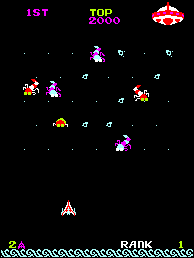 The Game: The good news: Darwin was right, evolution is a thing. The bad news: this does not work in your favor. You man a laser cannon trying to intercept alien insects making their way toward the bottom of the screen; at the most inconvenient times, the bugs revert to a pupal stage during which they’re either impossible to hit or invulnerable. They then emerge in a newer, faster, deadlier form bent on destroying you. (Universal, 1980)
The Game: The good news: Darwin was right, evolution is a thing. The bad news: this does not work in your favor. You man a laser cannon trying to intercept alien insects making their way toward the bottom of the screen; at the most inconvenient times, the bugs revert to a pupal stage during which they’re either impossible to hit or invulnerable. They then emerge in a newer, faster, deadlier form bent on destroying you. (Universal, 1980)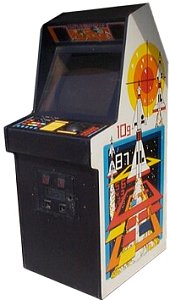

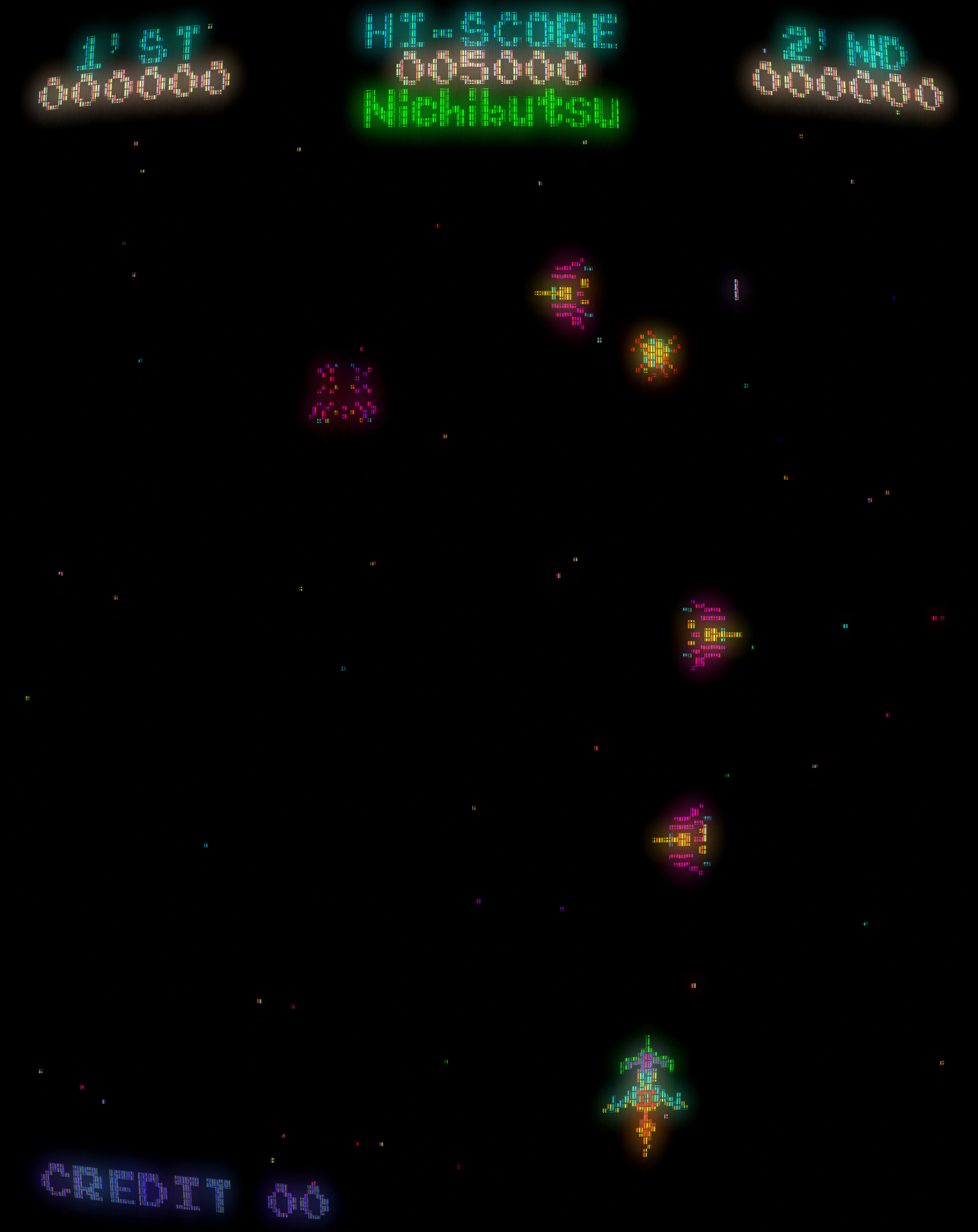
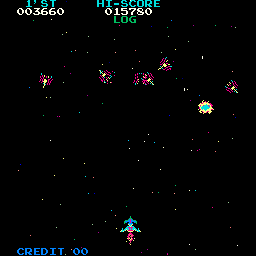
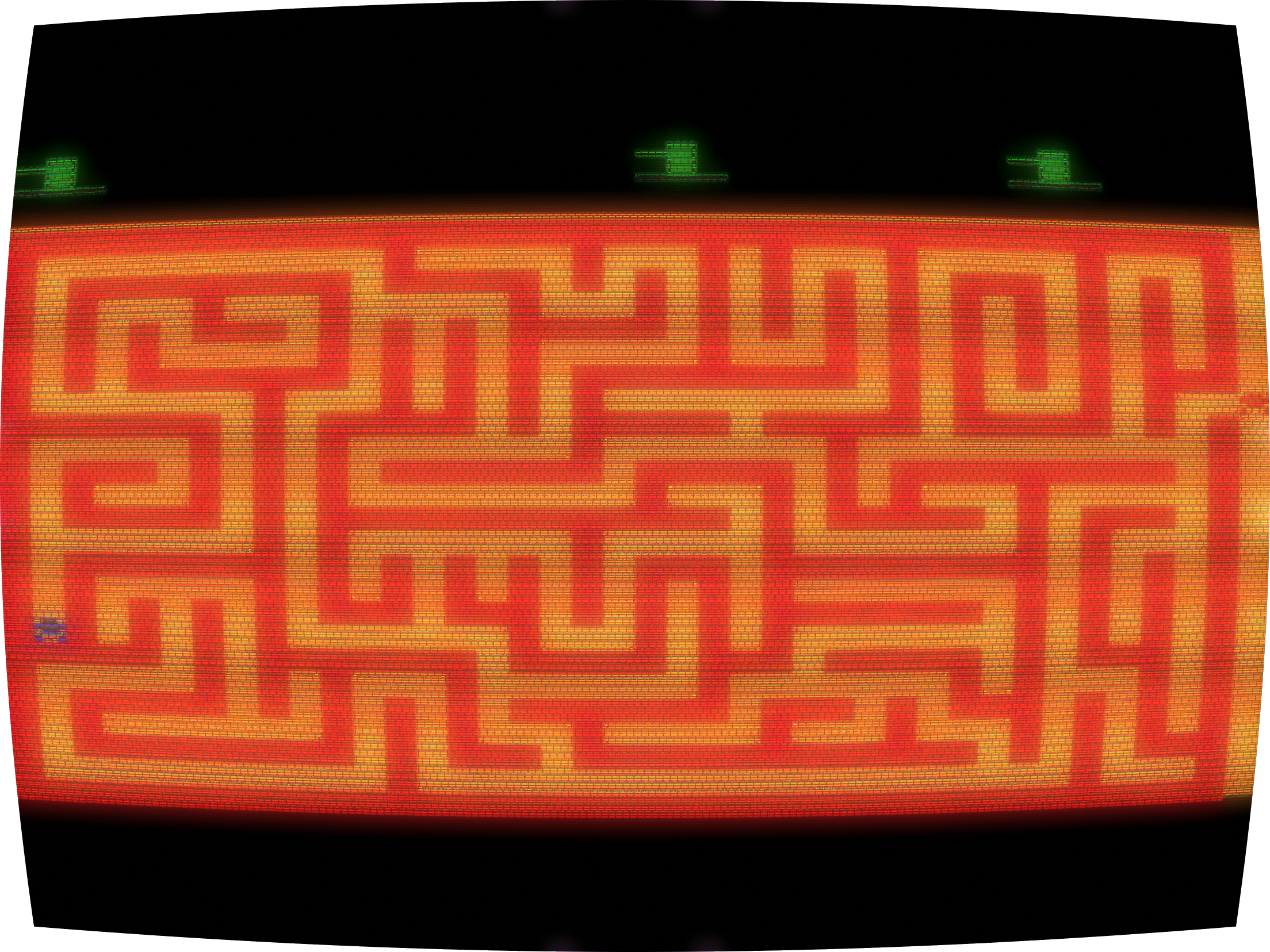
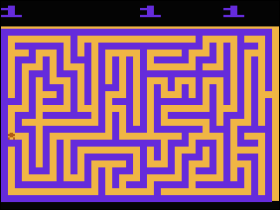
 The Game: An elaborate game of tag, only the simian players have an advantage; human players, when tagged, must be “un-tagged” by the other player to return to the game. (Magnavox, 1980)
The Game: An elaborate game of tag, only the simian players have an advantage; human players, when tagged, must be “un-tagged” by the other player to return to the game. (Magnavox, 1980) The Game: You find yourself outside an inviting two-story house, and when you go in, you find several people waiting for you – and that inviting front door suddenly locked behind you. When dead bodies turn up on the second floor and night begins to fall (hope you found the matches in the cupboard already!), it quickly becomes apparent that among the friendly faces of the first floor is a cold-blooded killer. (On-Line Systems, 1980)
The Game: You find yourself outside an inviting two-story house, and when you go in, you find several people waiting for you – and that inviting front door suddenly locked behind you. When dead bodies turn up on the second floor and night begins to fall (hope you found the matches in the cupboard already!), it quickly becomes apparent that among the friendly faces of the first floor is a cold-blooded killer. (On-Line Systems, 1980)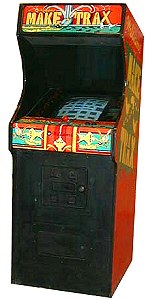 The Game: You play the part of a free-roaming paintbrush, trying to fill an entire maze with color. Unfortunately, a couple of equally free-roaming (and, apparently, amphibious) fish are out to stop you. You must avoid them at all costs. There are two rollers you can use to squish the fish, but they’re only found in two parts of the maze – and you can only roll them so far. Periodically, such things as kittens, cars, and mice will run through the maze, leaving tracks in your fresh paint which you must then cover up. You can also stop them dead in their tracks by running over them. (Don’t ask me why two fish are a threat to you when your paintbrush can ice a whole car.) Fill the maze with the pigment of your imagination, and you’re off to the next level. (Williams Electronics [licensed from Kural Electric], 1981)
The Game: You play the part of a free-roaming paintbrush, trying to fill an entire maze with color. Unfortunately, a couple of equally free-roaming (and, apparently, amphibious) fish are out to stop you. You must avoid them at all costs. There are two rollers you can use to squish the fish, but they’re only found in two parts of the maze – and you can only roll them so far. Periodically, such things as kittens, cars, and mice will run through the maze, leaving tracks in your fresh paint which you must then cover up. You can also stop them dead in their tracks by running over them. (Don’t ask me why two fish are a threat to you when your paintbrush can ice a whole car.) Fill the maze with the pigment of your imagination, and you’re off to the next level. (Williams Electronics [licensed from Kural Electric], 1981)